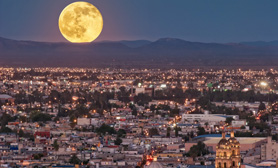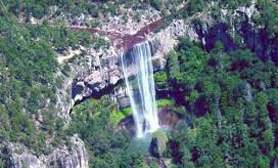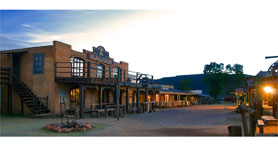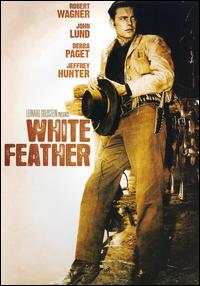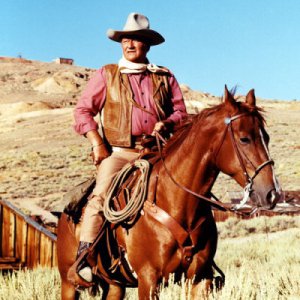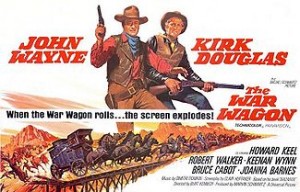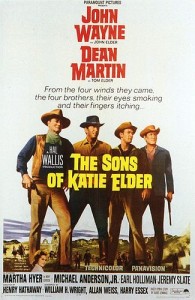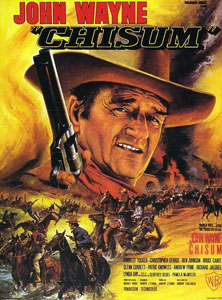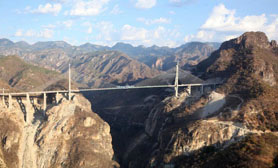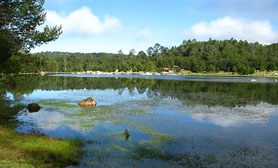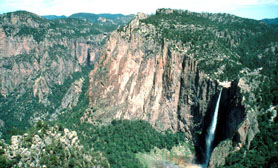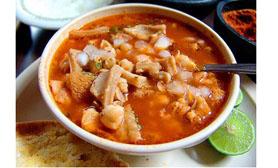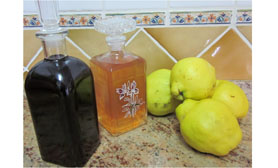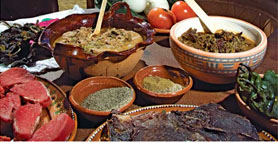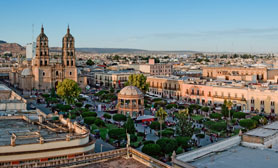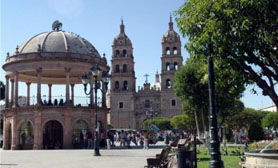Durango is one of the 31 states which, with the Federal District, compose the 32 Federal Entities of Mexico. The state is located in Northwest Mexico. Having a population of just 1.7 million inhabitants making it Mexico’s second-lowest population density, after Baja California Sur. Victoria de Durango City is the state’s capital, named after the first president of Mexico, Guadalupe Victoria who served from March 31, 1823 until October 10, 1824. Durango is just one of over 60 official online guides covering the whole of Mexico. If you´re planning a trip to Mexico and would like discover our fabulous nation before visiting or, if you´d like to visit a specific place in Mexico, then you´ve come to the right place.
Durango is Mexico’s fourth largest state and is bordered to the north by Chihuahua, to the north-east by Coahuila, to the south-east by Zacatecas, to the south-west by Nayarit, and in the west by Sinaloa. Therefore, similar to its neighbor state Chihuahua, Durango is one of Mexico’s numerous landlocked states. Durango is one of Mexico´s most popular places, visited by millions of people over the last decade. When you travel to Durango you may wish to check out the Durango hotels we have available or maybe you´d like to rent a car in Durango? We also offer extensive day trips in Durango. This unique place has simply amazing. We´ve also compiled a list of Travel books on Durango Mexico.
The states average elevation is of almost 2,000 meters (6,600 ft), most of the state is heavily mountainous and a good part forested; the Sierra Madre Occidental, shared with the state of Chihuahua, occupies two thirds of the state, mostly in the western and central part of the state. In the western parts of the Sierra Madre, Durango’s geography is characterized by deep ravines and rivers that flow mostly westward. The highest point in the state is Cerro Gordo at 3,340 m (10,960 ft) above sea level.
The Cerro Gordo mountain range contains a good supply of minerals, including the silver that encouraged Spanish occupation of the territory after it was discovered. These mines extend north into Chihuahua and south into the state of Zacatecas. Vast desert basins in the Laguna District are fed by the 560 kilometers (350 mi) long Nazas River.
Whether you are visiting Durango in Mexico for business, pleasure or both, we´re sure that Durango will meet all of your expectations and that the people of Durango will make you feel welcome while sampling some of the unique cuisine on offer in the Durango Restaurant districts.



